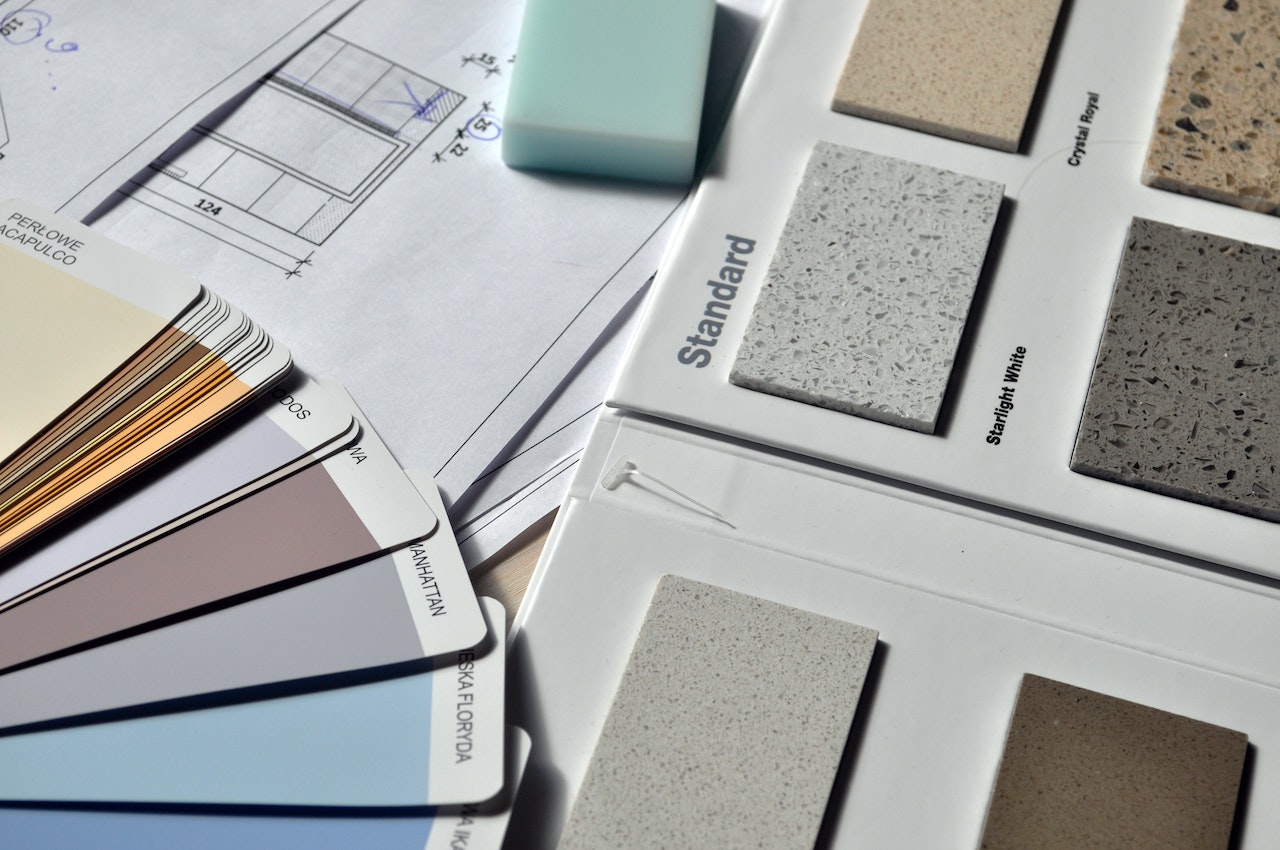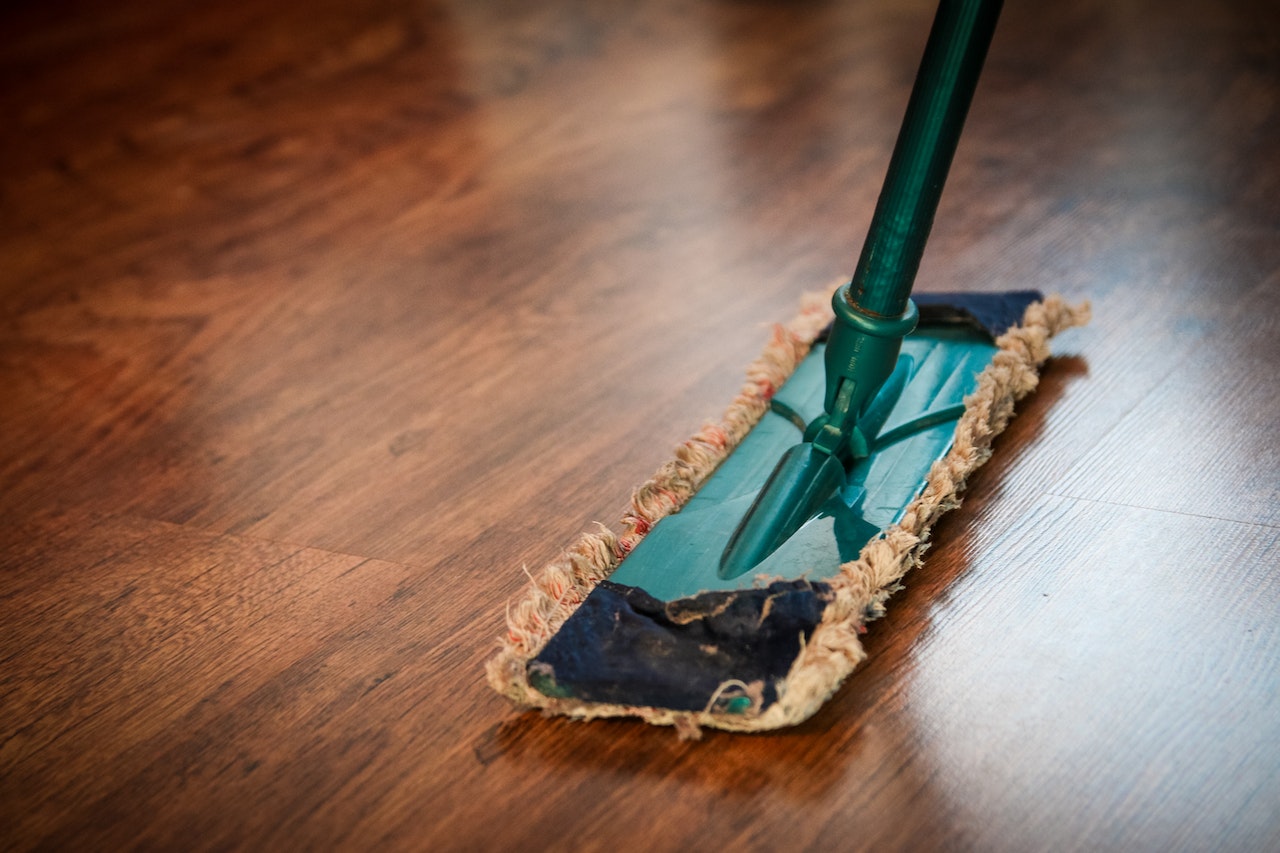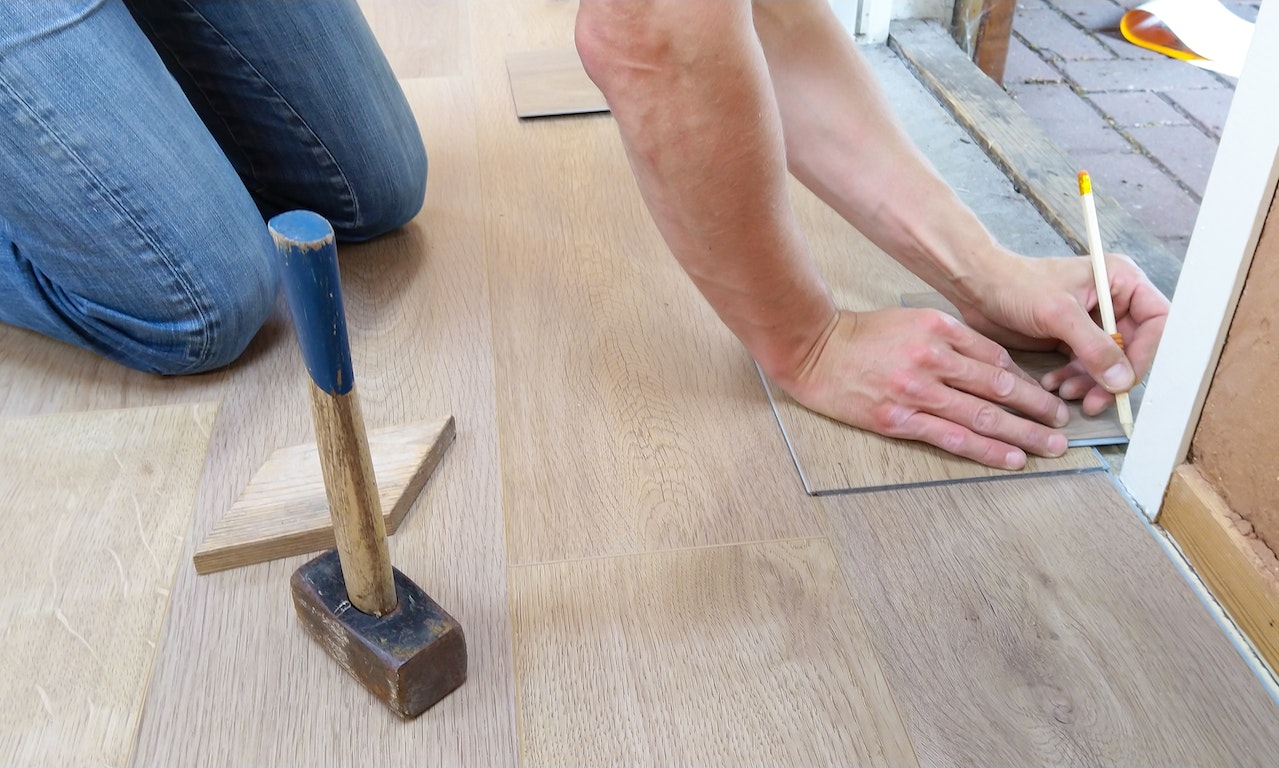
When it comes to freshening up your home, there’s one element that often gets overlooked but can make or break the entire look and feel: flooring. The right flooring for your home can elevate its aesthetics, comfort, and functionality. We’ll equip you with essential tips and insights to guide you in selecting the ideal flooring that suits your lifestyle, budget, and design aspirations.
Assessing Your Needs and Lifestyle
Your budget will serve as your compass, guiding you through the options available. Consider factors like the space size, the desired quality of materials, and the installation cost when setting your budget. Next, think about your lifestyle. Is your home a bustling hub with a large family, or is it a peaceful retreat for two? Do you have pets roaming about? Allergies and sensitivities should be on your radar, too. Knowing your family’s needs and potential health concerns will help you narrow your choices.
Now, let’s talk about the function of each space. Not all rooms are created equal, and certainly don’t endure the same level of wear and tear. High-traffic areas like the living room or kitchen require durable flooring options that can withstand constant use. Conversely, low-traffic areas, such as a guest bedroom, offer more flexibility in terms of design. Consider specific needs for each room, like water resistance in bathrooms or comfort in bedrooms, to ensure you choose the right flooring for every space.
Types of Flooring Materials
When you choose the right flooring for your home, you can consider hardwood flooring, the timeless classic. Hardwood, with its warm and inviting appeal, offers a natural elegance. Pros include durability and the potential to be refinished, but keep in mind that it’s not the best choice for moisture-prone areas like bathrooms. Ideal rooms for hardwood are living rooms and bedrooms. Now, consider laminate flooring, a budget-friendly alternative that mimics the look of hardwood without breaking the bank.
Tiles come in various styles and patterns, from ceramic to porcelain to natural stone. Carpet flooring is all about softness and comfort underfoot. It’s an excellent choice for bedrooms and living areas where coziness is key. However, be prepared for regular maintenance and cleaning, and consider allergies if you have sensitive family members. Vinyl flooring is a versatile contender known for its affordability and durability. It comes in waterproof options, making it suitable for bathrooms and kitchens. With stylish designs to choose from, vinyl can be both practical and visually pleasing.

Climate and Location Considerations
Humidity and moisture levels play a big role in the durability of your flooring. In areas with high humidity, such as coastal regions, hardwood may be prone to warping, while laminate and tile prove more resilient. Conversely, wood may become overly dry and crack in arid climates, so engineered wood or vinyl might be better suited. Temperature fluctuations can also impact your flooring choice. Extreme cold or heat can cause certain materials to expand or contract. For example, hardwood might be less stable in regions with harsh winters than tile or vinyl.
Selecting flooring options suitable for specific climates is essential. Waterproof flooring like ceramic or porcelain tiles in areas prone to moisture, such as bathrooms and kitchens, can be a lifesaver in wet and rainy regions. In contrast, in cold climates, heated flooring systems, often compatible with tile, can provide much-needed comfort during winter.
Aesthetics and Design
Flooring should harmonize with your overall design vision. Light-colored floors can open up a space, making it feel more expansive, while dark hues create a cozy and intimate atmosphere. Blend the flooring color with your room’s intended mood and functionality. Coordination with existing decor is key. Your flooring should complement your furniture, wall colors, and accessories.
Visual tricks can also play a significant role in enhancing space with flooring choices. For small rooms, choose larger tiles or planks, which can create an illusion of more space. Diagonal or herringbone patterns can add visual interest and make rooms feel dynamic. In open-concept homes, using consistent flooring throughout can promote flow and cohesion. Ultimately, aesthetics and design should align with your personal taste and the atmosphere you want to create in each room.

Maintenance and Longevity
First, consider the cleaning and upkeep requirements for different flooring types. Hardwood floors, for instance, demand regular sweeping and occasional refinishing to maintain their shine, while laminate or vinyl floors are low-maintenance and require only routine cleaning. Understanding these requirements can save you time and money in the long run. Lifespan and warranties vary among flooring materials.
Be sure to inquire about warranties to provide added peace of mind. Some manufacturers offer warranties that cover wear and tear, while others focus on structural defects. Additionally, consider replacement and repair considerations. For hardwood, you can sand and refinish to revive its appearance. With carpets, stains can be addressed with spot treatments or replacements. Understanding the potential for repairs and replacements can help you plan for the long-term care of your floors.
Environmental Impact
Nowadays, the environmental impact of your flooring choice matters more than ever. Begin by exploring sustainable flooring options. Materials like bamboo and cork are fast-growing and renewable, making them excellent choices for eco-friendly flooring. Reclaimed wood also provides a rustic charm while reducing the demand for new timber. Your flooring can also contribute to your home’s energy efficiency and insulation properties. Carpets, for instance, act as natural insulators, helping to maintain indoor temperatures and reduce energy consumption. Likewise, cork flooring boasts natural insulation properties that can reduce heating and cooling costs.
These considerations not only benefit the environment but also your wallet. When it comes to disposal, think about the end-of-life impact of your flooring choice. Some materials are more recyclable than others. For instance, carpets can be challenging to recycle due to their composition, while ceramic and porcelain tiles are more easily recyclable. It’s essential to research recycling and disposal options in your area to ensure that your old flooring doesn’t end up in a landfill.

Installation and Professional Help
You’ll need to decide between a DIY project or hiring a professional installer. DIY can save you money, but it’s essential to assess your skills and the complexity of the flooring type. Some materials, like laminate or vinyl planks, can be more DIY-friendly, while hardwood or tile installation requires specialized knowledge and tools. If in doubt, consider professional installation to ensure a flawless result. Finding a reputable flooring installer is paramount.
Check for proper licenses, insurance, and certifications to ensure they meet industry standards. Request references and view their past work to gauge their expertise. The importance of proper installation cannot be overstated. Additionally, do your best to protect your floors from damage when moving. Even the highest-quality flooring materials can fail if they are not protected during relocation.
The Right Flooring for Your Home Is Just A Couple of Steps Away
We’ve explored various options and considerations in choosing the right flooring for your home. From budgeting to environmental impact, each decision contributes to your space’s overall comfort, aesthetics, and longevity. With the right flooring beneath your feet, your home will truly become a haven of comfort and style.











